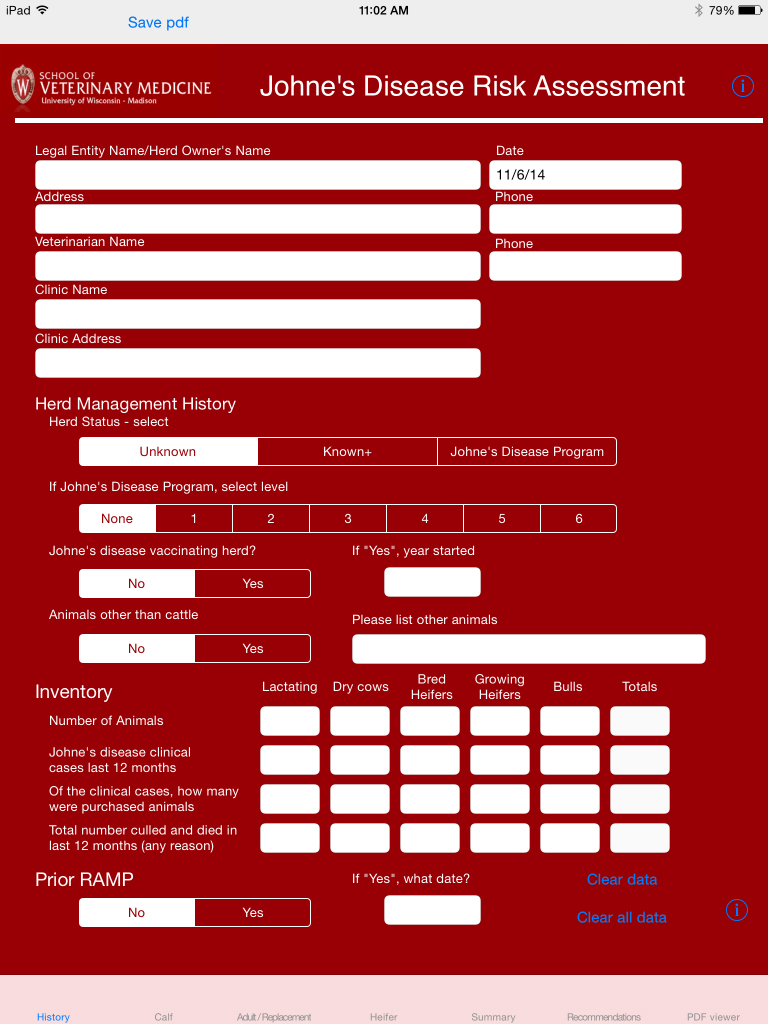Jordan et al. published a thoughtful assessment of the Irish Johne’s disease Program launched in 2018. Their Open Access article was published in the Irish Veterinary Journal August 14, 2020. This is valuable reading for countries thinking of developing comparable programs or revising their existing national program.

Abstract
The Irish dairy industry has established a reputation for the production of safe and healthy dairy products and is seeking to further expand its export market for high value dairy products. To support its reputation, stakeholders aim to control Johne’s disease. To assist decision-makers determine the most appropriate design for an Irish programme, a narrative review of the scientific literature on the epidemiology of Johne’s disease, and selected control programmes throughout the world was undertaken. Two modelling studies specifically commissioned by Animal Health Ireland to assess testing methods used to demonstrate confidence of freedom in herds and to evaluate a range of possible surveillance strategies provided additional information. The majority of control programmes tend to be voluntary, because of the unique epidemiology of Johne’s disease and limited support for traditional regulatory approaches. While acknowledging that test performance and sub-clinical seronegative shedders contributes to the spread of infection, a range of sociopolitical issues also exist that influence programme activities. The paper provides a rationale for the inclusion of a Veterinary Risk Assessment and Management Plan (VRAMP), including voluntary whole herd testing to identify infected herds and to support assurance-based trading through repeated rounds of negative testing, national surveillance for herd-level case-detection, and improved understanding of biosecurity management practices. Identification and promotion of drivers for industry and producer engagement in Ireland is likely to guide the future evolution of the Irish Johne’s Control Programme (IJCP) and further enhance its success. The provision of training, education and extension activities may encourage farmers to adopt relevant farm management practices and help them recognize that they are ultimately responsible for their herd’s health and biosecurity.
Comment: As described in the article by Jordan et al., VRAMPs are a tool to evaluate individual farm risk for the introduction and spread of MAP and educate producers on steps they can take to reduce these risks. They are typically conducted by trained private veterinary practitioners and involve an on-farm questionnaire on the management practices pertinent to MAP control. The responses to the questionnaire enable private veterinary practitioners to determine the sources of risk for the entry and spread of MAP in a herd. Farm-specific recommendations for MAP prevention and control are developed in conjunction with the farmer.

Many countries have a risk assessment and management plan (RAMP) as a component of their national program. The University of Wisconsin School of Veterinary Medicine, Food Animal Medicine Program has converted the risk assessment forms used in the U.S. national program into an App for iPads. It is one of 16 such Apps used for various health assessments in dairy herds.